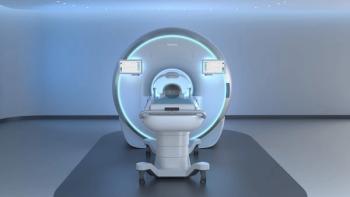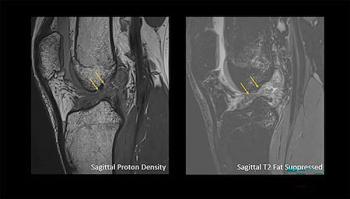
Process analysis shows RIS/PACS cost savings
The cost-effectiveness of installing a combined RIS/PACS is seldom easy to quantify. But now researchers from Martin Luther University of Halle-Wittenberg in Germany believe they have found a way to assess the true financial impact of IT investment in a
The cost-effectiveness of installing a combined RIS/PACS is seldom easy to quantify. But now researchers from Martin Luther University of Halle-Wittenberg in Germany believe they have found a way to assess the true financial impact of IT investment in a radiology department.
Complete evaluation of a system's cost-effectiveness should consist of three parts: capital investment, operating costs, and process costs, according to Christian Sprengel, from the university's Institute for Operations Research and Business Management in Halle. Hard data on the first two parts are often relatively easy to acquire, assuming relevant documentation is kept. But determining the financial impact of altering workflow is undoubtedly more complex, he told delegates at the June meeting of Computer Assisted Radiology and Surgery in London.
Sprengel described a five-stage approach designed to quantify cost-savings following installation of a RIS/PACS:
? analysis of time and cost per activity using paper-based workflow
? analysis of time and cost per activity following RIS/PACS implementation
? collation of data related to system investment
? collation of data related to operating costs
? detailed financial modeling
Activity costs can be derived by assigning separate workflow steps to different personnel categories, then calculating the time taken for employees to complete each of their functions, he said. Operating costs, on the other hand, relate to maintenance and support contracts, administrative expenses, costs of film and chemicals, and estimated depreciation of all equipment and devices.
The method has already been applied successfully to two hospitals in Germany, once prior to RIS/PACS purchase as a decision-making tool, and once as a retrospective analysis in a hospital where a RIS/PACS had been introduced in a stepwise fashion, Sprengel said. He showed a chart mapping data from the second project to show how cost savings increased as IT integration progressed.
"There are two things interesting to notice," he said. "First is that the RIS/PACS leads to a reduction in cost per process. The second is that the installation of the RIS alone is not very useful because there is no significant decrease in process costs. It is only in combination with the PACS that you get the better outcome."
He noted that the main activity-based savings come from the elimination of search, transport, and administrative activities once radiology departments use digital archiving for all images and reports. But realization of these savings requires the loss of administrative jobs or a shift in employee responsibilities toward more medical and technical activities.
Newsletter
Stay at the forefront of radiology with the Diagnostic Imaging newsletter, delivering the latest news, clinical insights, and imaging advancements for today’s radiologists.




























